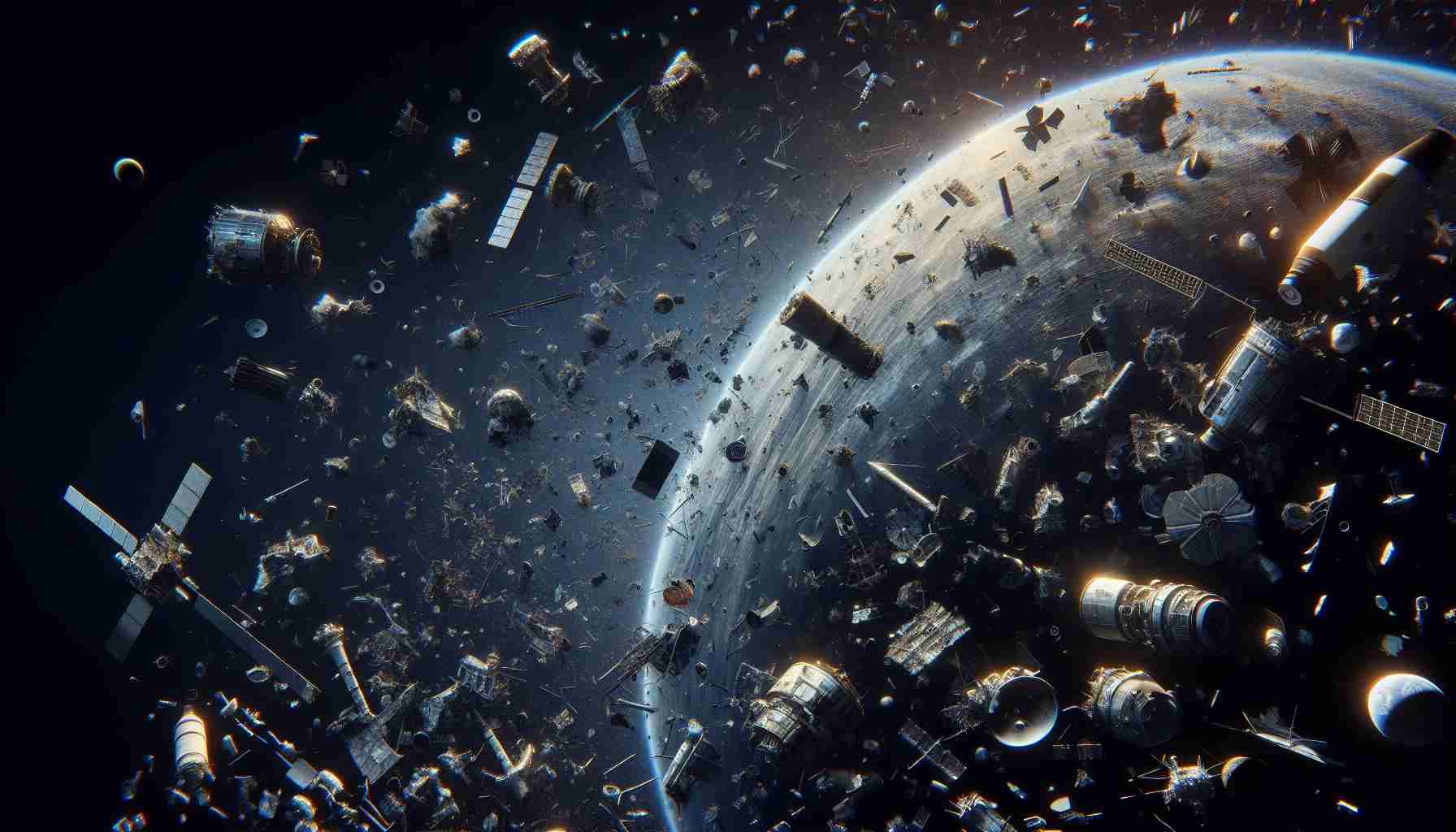
Glittering spectacles illuminate the night sky, captivating viewers as shooting stars dance effortlessly through the darkness. Now is the time to witness this cosmic show, with three distinct meteor showers set to peak shortly.
As the Earth traverses its orbit and rotation, it encounters debris trails left behind by comets, leading to dazzling collisions in the atmosphere. These celestial collisions ignite the rocks, creating a breathtaking display of light before fading into stardust.
Every day, Earth accumulates approximately 100 tons of space dust, silently settling on surfaces unnoticed. This dust, originating from outer space, travels undetected until it gently lands on car windshields and rooftops.
In the realm of celestial events, distinguishing between meteoroids, meteors, and meteorites is crucial. A meteoroid is a rock in space, becoming a meteor when it streaks through the atmosphere. Should a meteoric rock survive the descent and reach Earth’s surface, it earns the title of meteorite.
Currently, skygazers can witness the Southern Delta Aquariids, Alpha Capricornids, and the illustrious Perseids meteor showers. Ranging from faint meteors to brilliant fireballs, these showers offer a celestial ballet that will unfold until early September.
Embark on a cosmic journey, gaze skyward, and immerse yourself in the wonders of space debris and celestial phenomena.
Exploring Space Debris: Unveiling the Unknown Mysteries Above
As we marvel at the glittering spectacles illuminating the night sky, it’s essential to delve deeper into the enigmatic world of space debris that surrounds our planet. While meteor showers dazzle us with their cosmic ballet, there are intriguing facts and questions that remain unexplored.
What are the origins of space debris?
Space debris encompasses a wide array of objects, from defunct satellites to spent rocket stages, constantly orbiting Earth. These fragments pose a significant threat to active satellites and spacecraft, raising concerns about the sustainability of outer space activities.
How do we track and mitigate space debris?
One of the primary challenges associated with space debris is tracking its movements and predicting potential collisions. Various agencies and organizations worldwide are working on developing advanced monitoring systems to safeguard spacecraft and prevent catastrophic collisions in orbit.
Are there legal frameworks for managing space debris?
The regulation of space debris poses a contentious issue, as multiple countries and stakeholders are involved in space activities. Establishing comprehensive international agreements and guidelines for debris mitigation and removal is crucial to ensuring the long-term sustainability of space exploration and commercial activities.
What are the advantages and disadvantages of space debris research?
Studying space debris provides valuable insights into the dynamics of Earth’s orbit and the impact of human activities on the space environment. However, the proliferation of space debris also poses risks to operational satellites and future space missions, highlighting the urgent need for effective debris mitigation strategies.
For more information on space debris and related topics:
Visit NASA’s official website for the latest updates on space debris monitoring and research.
Embark on a journey beyond the shimmering meteor showers and delve into the mysteries of space debris hovering above us. By understanding and addressing the challenges posed by orbital debris, we can further explore the boundless frontiers of space while preserving the celestial wonders that captivate us.



